Checking In On The Progress At Prospect Park's Lakeside

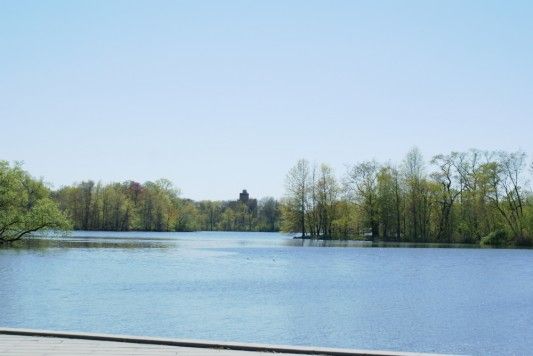
Lakeside, the $74 million, 26-acre construction project in Prospect Park, is on target to open this December. The project reclaims two acres of parkland and five acres of lake. It will also allow Prospect Park’s 10 million visitors to be able to enjoy time at Lakeside 12 months out of the year — up from four — which seems like it could make the project worth that price tag.
A representative from Prospect Park was kind enough to give us a tour of Lakeside, to get a behind the scenes look at the progress at this point.
Recreation Area
1962 skating class at Wollman Rink, via NYC Parks
Lakeside is best known, nowadays, for the ice skating rink. Frederick Law Olmsted and Calvert Vaux designed Prospect Park to include an ice skating feature; a portion of the lake would be drained and frozen in winter months. Yet, the pump system aged, the weather warmed, and by the 1930s the lake no longer reliably froze. In the ’60s ice skating was brought back in a modern way — paving a green space into a parking lot, bulldozing the rubble into the lake, and dropping plywood boards into an oval.
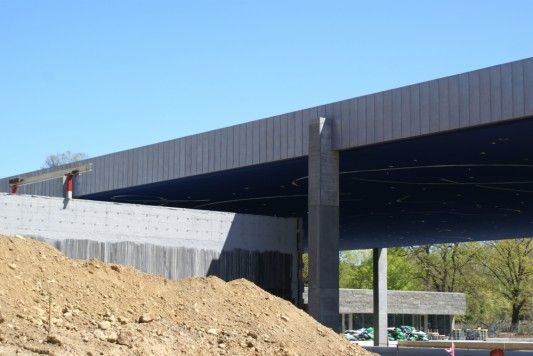
Ice skating will, this December, be an endearing part of Prospect Park again. The building connected with the two open-air rinks will seamlessly meld into park topography. The green roof covering the larger rink will organically cascade into the meadows of the park (the roof structure, pictured above, with the future cascading part to head down the side).
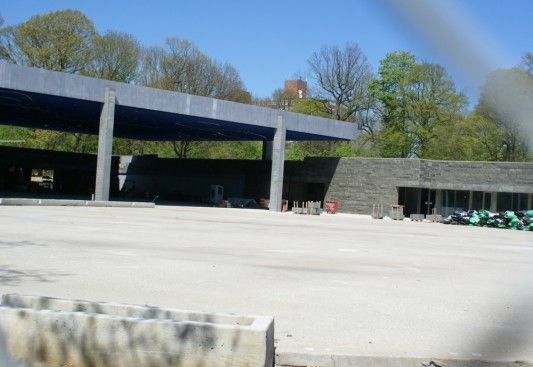
This eco-friendly building will serve as the entrance to recreation area. The smaller, circular rink will, during summer months, serve as a water park. The near-Olympic size rink will host roller skaters during summer months. Visitors will be able to skate between the two rinks or, if lessons are going on, recreational skating can still happen on the alternate rink.
The recreation area will also have a concession stand and space available to rent for parties and meetings.
Music Island and Whisper Island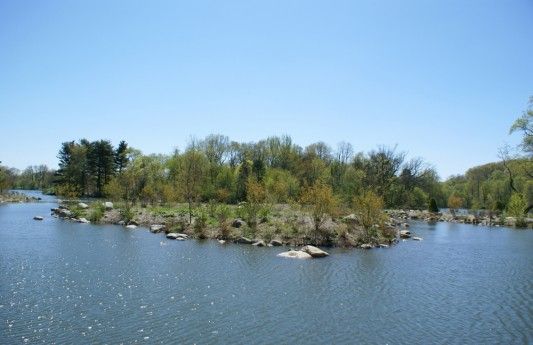
Lakeside wasn’t always named such. Olmsted originally intended this to be the formal area of Prospect Park; an area for congregating, for listening to music. The Concert Grove.
A stage was created, an island where musicians could play while people gathered along the Esplanade. Yet, the acoustics turned out to be terrible and the Bandshell was built on the other side of the park. Music Island was eventually bulldozed over to make way for the modern skating rink and eventually forgotten.
Now, Music Island is reborn. It’s a 5-acre animal sanctuary made from re-excavated lake, native trees, and aquatic plants. On the day I visited Lakeside, two large, oil-black birds fished while scores of turtles lounged about on sun-warmed logs.
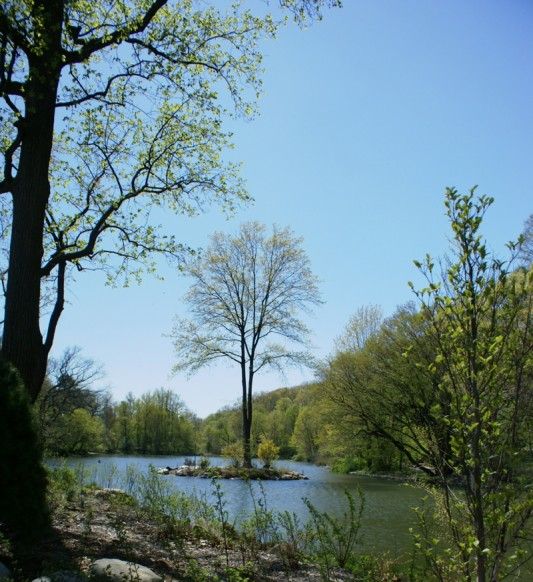
Reclaiming Whisper Island, another sanctuary, from Phragmites proved difficult. The invasive species was so thick that park employees could walk from the Esplanade to the island without getting wet. Park employees dug up and discarded most Phragmites.
Fish Habitat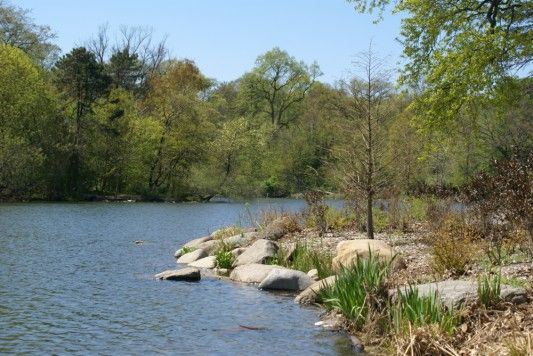
Some work done at Lakeside will never be seen by the average park visitor.
Crevices built into the underwater perimeter of the limestone Esplanade create shelter, a breeding location, and homes for the surprisingly diverse fish population.
Additionally, large boulders that were part of the original Olmsted plan and create a soft transition between land and lake provided habitat for fish and other water creatures. The boulders also gently remind people to stay on dry land.
Boulders, at one point, were replaced with stone which, though still attractive, created a more harsh transition between land and water. The bricks don’t provide habitat in the way boulders do. Boulders that synch with Olmsted’s original intent are slowly being re-introduced.
Natural Plants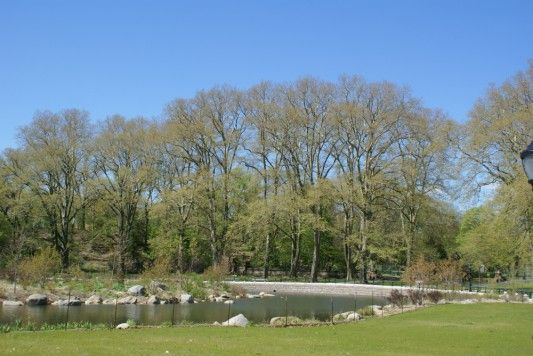
Original London plane trees planted by Olmsted’s team still thrive at Lakeside. They’re now about 150 years old, and in recent years have survived two hurricanes, at least one tornado, and an earthquake. Is it because this particular area is sheltered? Because their root system is strong? We don’t know, but we’re lucky to have living connections to the past.
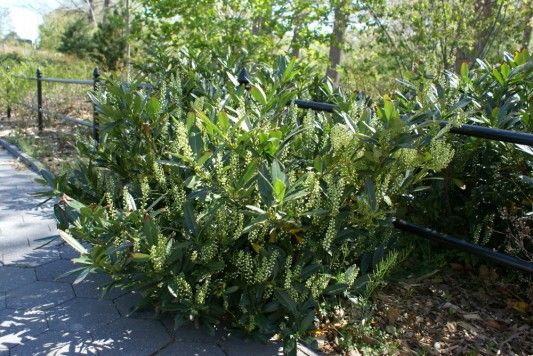
Other native flora and fauna have been planted along the Esplanade.
Cool Finds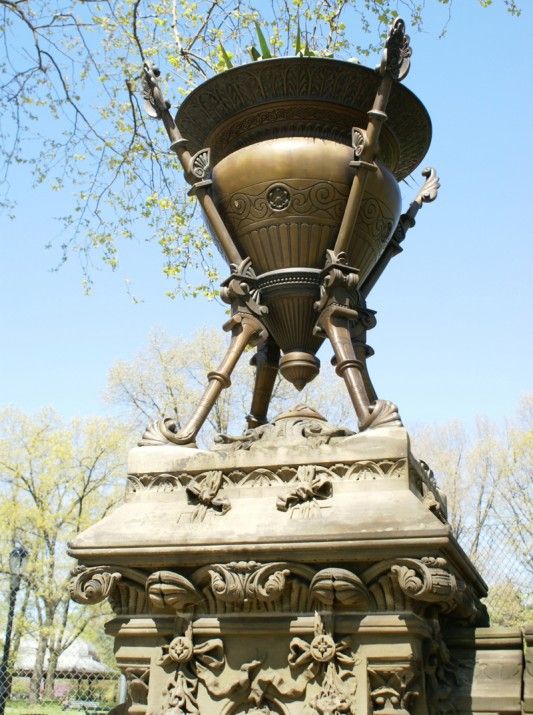
Reclaiming Music and Whisper Islands meant this section of the lake had to be dammed and drained, temporarily, to excavate the rubble. The excavating became something of an archeological dig.
An original black railing, the only one known to have survived, was uncovered and used as a model for the railings that now line the perimeter of the lake.
Original Esplanade brickwork was found deep in the muck along with the original perimeter of the lake. The current Esplanade follows that outline, and a quarry was found to match the limestone.
Six 700-pound urns disappeared over the course of the park’s history. Were they stolen during the Great Depression? Perhaps vandals in the ’70s took off with them? Perhaps the urns were put in storage as a measure of protection, and then forgotten.
Old photographs were used to recreate these unique Prospect Park details (at a cost of about $270,000).
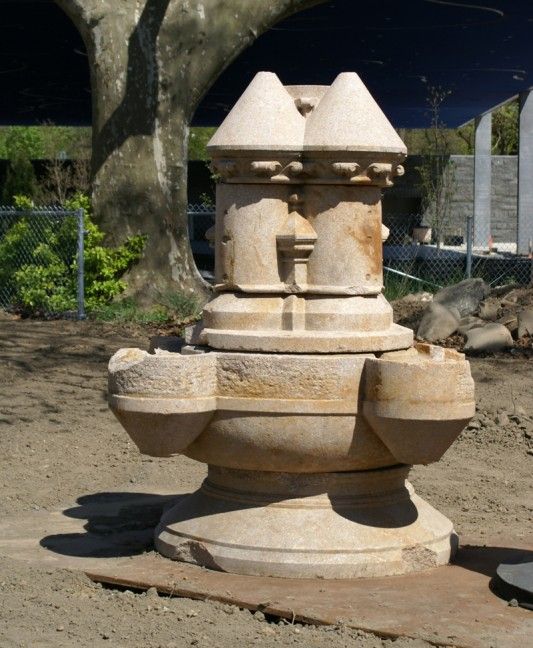
Perhaps the most unique find was an old water fountain, in surprisingly good condition. While it can’t be used again as a water fountain as it doesn’t meet ADA standards, Park officials are still trying to decide how to incorporate the statuesque fountain into the Lakeside Project. They do know it won’t be reburied in the lake.
http://youtu.be/uMvOfQSpDhQ
There is still work to be done at Lakeside. The path to the greenroof is being installed. The water features will be installed this summer. By this winter, we will be able to enjoy Lakeside’s winter features and in summer 2014, we will be able to splash in Lakeside sprinklers.



